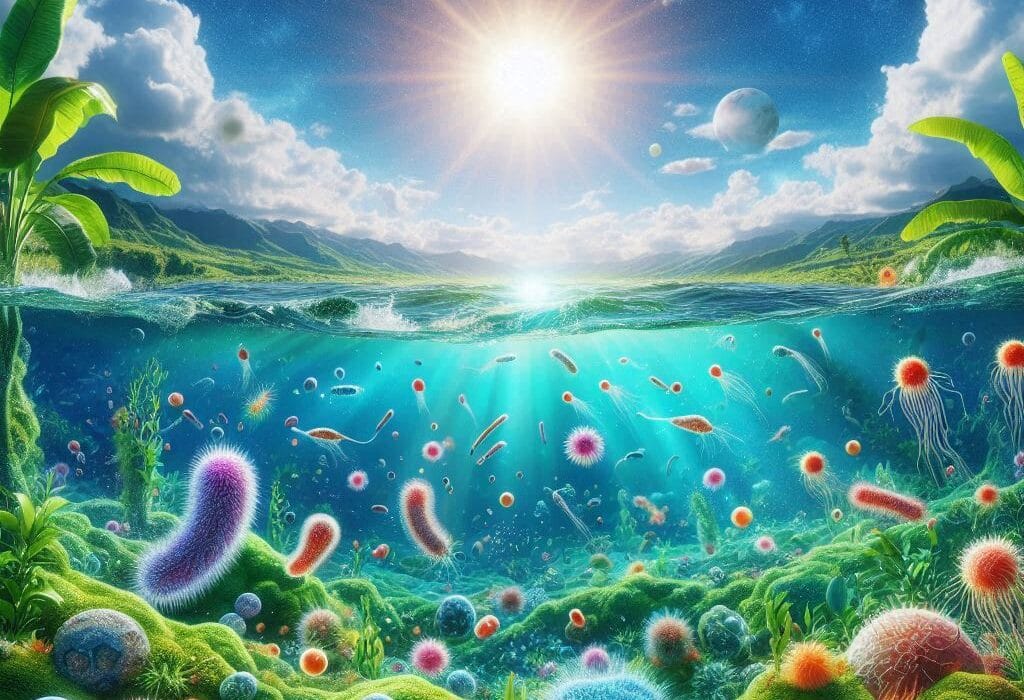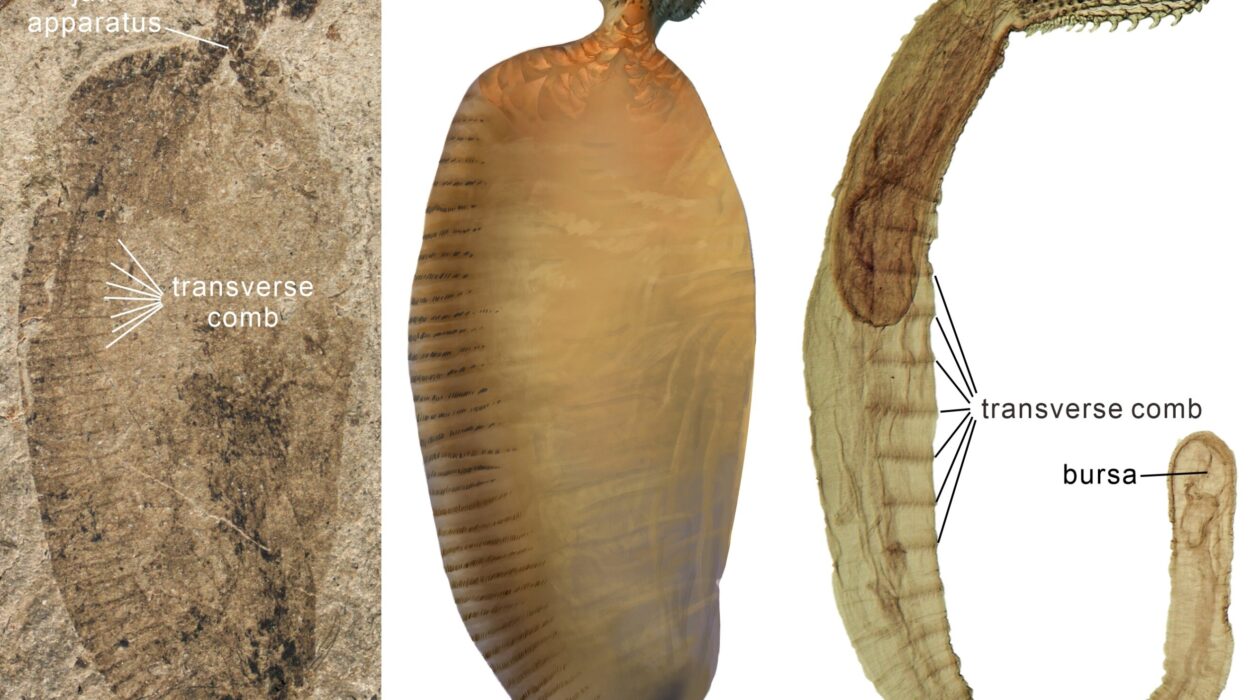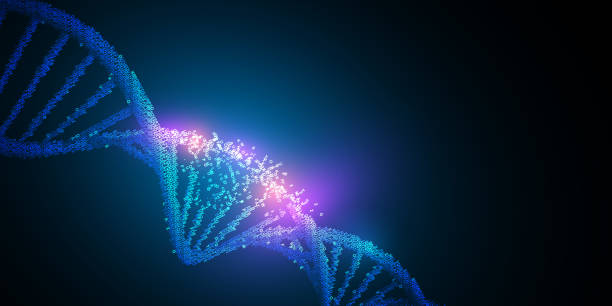Beneath our feet lies a secret world, one that is almost invisible to the human eye but teeming with life and activity. This is the hidden network where plants communicate, form relationships, and share resources, often in ways that rival human society’s most intricate networks. It’s a world of roots, fungi, chemicals, and complex signals, yet it’s one we are only beginning to truly understand. So, how do plants communicate? And what role does this invisible world play in maintaining life as we know it?
In this exploration, we’ll dive into the fascinating world of plant communication, uncovering the hidden processes and systems that allow plants to talk to one another, warn of danger, and collaborate for survival. Through roots, fungi, chemicals, and signals, plants form an underground web of connection that supports ecosystems, enhances biodiversity, and sustains life on Earth in ways that are, at times, both surprising and awe-inspiring.
The Hidden Language of Plants
Plants have long been seen as silent, solitary organisms, rooted in place, incapable of movement and, by extension, communication. However, recent research has challenged this outdated view. The truth is that plants are far from mute. They talk to each other and to other organisms in a variety of ways, each method more sophisticated than we could have imagined.
At the heart of plant communication is the root system, an intricate web of underground pathways that allows plants to exchange information, share nutrients, and send out distress signals. While these roots may seem like mere anchors in the soil, they are, in fact, more like sophisticated communication networks, akin to the Internet or the neural networks in animal brains. But how exactly do plants manage to communicate? Let’s take a closer look.
Root Signals: The Underground Web of Communication
One of the most astonishing forms of communication among plants occurs beneath the soil, in what scientists call the “root signaling” system. Just as humans communicate through spoken language, plants rely on an intricate system of chemical signals to interact with one another. These chemicals can be used to signal danger, warn of pest invasions, or even attract pollinators.
Roots are not just passive structures that absorb water and nutrients; they actively send and receive signals through chemicals, electrical impulses, and even vibrations. When a plant is under threat from herbivores or disease, it may release volatile organic compounds (VOCs) into the soil or air. These VOCs serve as an alarm, triggering nearby plants to activate their own defense mechanisms. In some cases, plants may even release specific chemicals that attract predators of the herbivores, thereby turning the tables in their favor.
Furthermore, plants use their roots to form complex relationships with fungi, bacteria, and other organisms in the soil. These relationships are often mutualistic, meaning both the plant and its partner benefit from the arrangement. Fungi, for instance, form symbiotic relationships with plant roots through structures known as mycorrhizae. These fungal networks extend far beyond the root systems themselves, creating vast underground webs that connect multiple plants. Through these mycorrhizal networks, plants can share resources like water and nutrients, but they can also send chemical signals to one another, alerting neighbors of potential threats or helping one another in times of stress.
This underground network, often referred to as the “Wood Wide Web,” is a testament to the intricate communication system plants have developed to ensure their survival. It’s a system that is not only remarkable for its complexity but also for its subtlety—most of the time, we walk over it without even realizing it.
The Role of Mycorrhizal Fungi in Plant Communication
One of the key players in the plant communication network is mycorrhizal fungi, which form a crucial link between plants in the soil. These fungi are not simply passive participants but active agents in the flow of nutrients and signals.
Mycorrhizae are fungi that colonize plant roots, creating an extensive underground network of threads known as hyphae. These hyphae penetrate the soil, extending well beyond the reach of the plant’s own roots. In exchange for sugars produced by the plant through photosynthesis, the fungi provide the plant with essential nutrients such as phosphorus, nitrogen, and water.
But the role of mycorrhizal fungi goes beyond nutrient exchange. These fungal networks serve as conduits for plant communication. They allow plants to “talk” to each other, sharing information about pests, diseases, and other environmental stressors. For example, when one plant is attacked by insects or pathogens, it can send distress signals through the mycorrhizal network, alerting neighboring plants. In some cases, these neighboring plants will react by boosting their own defenses, making them less appealing to the invading pests.
What’s even more astonishing is that plants can send signals through this fungal network that benefit other plants, even those of different species. In other words, plants can collaborate with each other, pooling their resources to survive threats. This is in stark contrast to the popular view of plants as solitary organisms competing for space, light, and nutrients. Instead, the mycorrhizal network shows that cooperation is as vital to plant life as competition.
Chemical Signaling: A World of Volatile Organic Compounds
In addition to the underground communication network, plants also use chemical signals to communicate over longer distances. One of the most important forms of chemical communication is the release of volatile organic compounds (VOCs). These compounds are gases that plants release into the air, and they play a crucial role in both local and long-range communication.
When a plant is under attack by herbivores, it can release VOCs that act as a distress signal, alerting nearby plants to prepare their defenses. For example, when a willow tree is attacked by caterpillars, it emits VOCs that trigger neighboring trees to ramp up the production of chemicals like tannins and other compounds that make their leaves less palatable. These chemical signals can also attract natural predators of the herbivores, such as parasitic wasps, which help protect the plant.
Interestingly, plants can also “eavesdrop” on the chemical signals of their neighbors. By detecting VOCs in the air, plants can sense when another plant is under stress and prepare themselves accordingly. This allows plants to be proactive in their defense strategies, even before a threat reaches them. It’s a remarkable example of how plants can share information and collaborate, despite being rooted in one place.
Electrical Signaling: The Nervous System of Plants
Another fascinating aspect of plant communication is electrical signaling. Much like the nervous system in animals, plants can send electrical signals throughout their tissues in response to environmental stimuli. These signals are fast, efficient, and vital for coordinating responses to changes in the environment.
When a plant experiences physical damage, such as being grazed by an herbivore, it generates electrical signals known as action potentials. These signals travel through the plant’s vascular system, reaching distant parts of the plant. The action potentials can trigger a variety of responses, including the production of chemicals that deter herbivores or attract predators.
Electrical signaling is also involved in the process of phototropism, where plants grow toward light, and gravitropism, where they orient themselves in response to gravity. These responses are not merely reactive but involve complex signaling pathways that coordinate growth and movement. In this way, plants have an internal communication system that allows them to process environmental information and make decisions that maximize their chances of survival.
Plant Memory and Learning
One of the most intriguing aspects of plant communication is the concept of “plant memory.” For many years, scientists believed that plants, like animals, lacked the capacity for memory. However, recent studies have suggested that plants can, in fact, remember past experiences and adapt their behavior accordingly.
For example, plants have been shown to “learn” from exposure to certain environmental conditions. In experiments, plants that were exposed to mild stress, such as low light or drought, were able to respond more effectively to future stressors. They seemed to “remember” the conditions they had encountered, adjusting their growth patterns and metabolic processes in preparation for similar challenges.
This ability to learn and adapt is closely tied to the plant’s communication system. Plants use their chemical, electrical, and mechanical signals to gather information from their environment and from other plants. This data is then processed by the plant, allowing it to make informed decisions about how to respond to changing conditions.
The Ecological Significance of Plant Communication
The implications of plant communication are profound, not just for individual plants, but for entire ecosystems. The ability of plants to share resources, warn each other of threats, and collaborate with other organisms plays a crucial role in maintaining biodiversity and ecosystem stability.
For instance, the mycorrhizal network has been shown to promote biodiversity by allowing plants of different species to share resources and support each other in times of need. This cooperation can help maintain healthy ecosystems, as plants that might otherwise be outcompeted can thrive through the assistance of their neighbors.
Moreover, plant communication can help ecosystems recover after disturbances like droughts, fires, or pest outbreaks. When one plant suffers, the rest of the network can adjust to ensure that the overall system remains resilient. In this way, plant communication fosters a kind of “community resilience,” where the survival of the ecosystem as a whole is greater than the sum of its parts.
Conclusion
The underground world of plant communication is a revelation—an intricate, sophisticated network that sustains life on Earth in ways that we are only beginning to fully understand. Through their roots, chemicals, electrical signals, and fungal partnerships, plants are not solitary organisms but active participants in a vast web of life. They warn each other of danger, share resources, and even collaborate for survival, all in a way that is invisible yet essential to the functioning of ecosystems.
As our understanding of plant communication deepens, it challenges us to rethink how we view plants and their role in the natural world. They are not passive organisms waiting to be harvested, but dynamic, interconnected life forms that communicate and cooperate in ways that can inspire awe and wonder. By recognizing and honoring this hidden network, we can gain a new appreciation for the complexity and beauty of the natural world beneath our feet.






